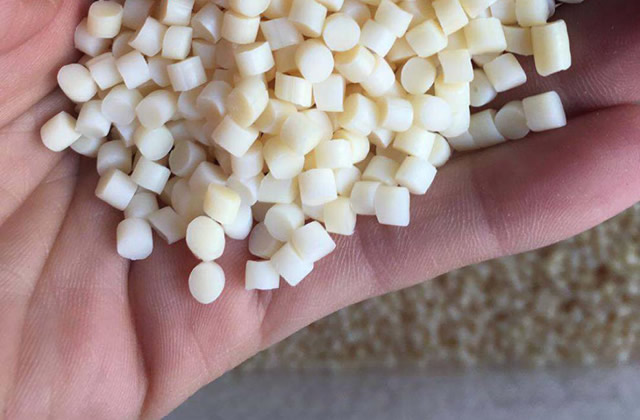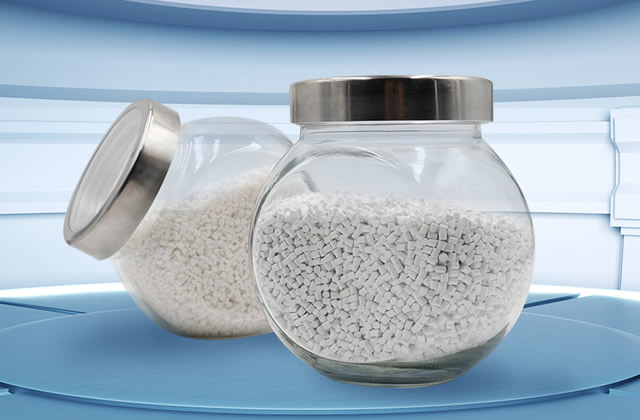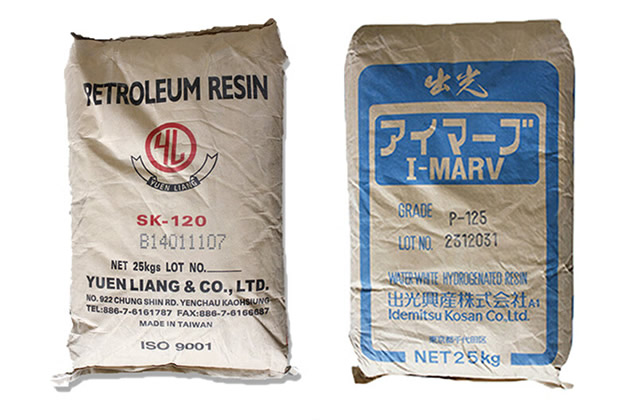1. How does the release agent work?
The release agent is an interface coating used on the surfaces of two objects that are easy to adhere to each other. It can make the objects The surface is easy to break away, smooth and clean. With the rapid development of injection molding, extrusion, calendering, molding, lamination and other processes, the amount of release agent has also increased significantly. It is used in metal, rubber plastics, concrete, polyurethane, carbon fiber , unsaturated resin, epoxy, phenolic, vinyl resin and other composite materials are widely used in the molding process. So what is the principle of release agent?
The release agent mainly reduces the adhesion between the mold and the molded object, so that the molded object can be successfully separated from the mold. After applying the release agent, the polar chemical bonds interact with the surface of the mold. , forming an adsorption film with regenerative power. This film can reduce the surface tension between the mold and the molded object, making it easy for the molded object to separate from the mold.
In addition, there are some components in the release agent that can chemically react with the surface of the molded object to reduce surface adhesion. For example, the solvent in the release agent can react with certain substances on the surface of the molded object, destroying the chemical bonds between them, thereby reducing adhesion.

2. What are the performance requirements of the release agent?
The function of the release agent is to smoothly separate the cured and formed products from the mold, so as to obtain a smooth and smooth product. Products, and to ensure that the mold is used multiple times, the general performance requirements for the release agent are:
1. Release properties (lubricity). Forms uniform thin films and complex shapes with precise dimensions.
2. Good demoulding sustainability.
3. The appearance of the molded object is smooth and beautiful, and no dust will stick due to the application of sticky release agent.
4. Excellent secondary processability. When the release agent is transferred to the molded product, it will have no adverse effects on the processed products such as electroplating, hot stamping, printing, painting, and bonding.
5. Easy coating.
6. Heat resistance.
7. Pollution resistance.
8. Good forming and high production efficiency.
9. Good stability. When used together with compounding agents and materials, its physical and chemical properties are stable.
10. Non-flammable, low odor and low toxicity.
If the website content violates your rights, please contact us to delete it。








